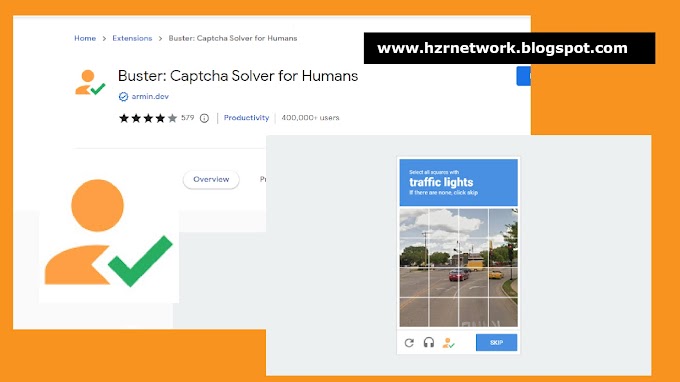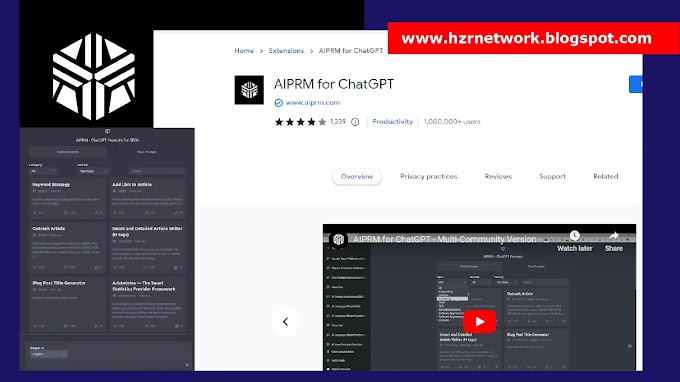As the world becomes increasingly digital, the use of Artificial Intelligence (AI) tools for content creation has become more popular. Writing a blog post is no exception, and using AI tools can help writers produce high-quality content more efficiently. In this article, we will discuss how to use AI tools for writing a blog post.
Step 1: Generating Ideas
The first step to writing a blog post is coming up with a topic and generating ideas. AI tools such as HubSpot's Blog Idea Generator or Portent's Content Idea Generator can help you brainstorm topics and generate ideas for your blog post. These tools use machine learning algorithms to analyze search queries and identify popular trends and topics.
Step 2: Writing the Draft
Once you have a topic, it's time to start writing the draft. AI tools such as Grammarly, QuillBot, and Article Forge can assist with writing the content. Grammarly helps to check for spelling and grammar errors, while QuillBot and Article Forge use natural language processing (NLP) to suggest alternative phrasings and provide ideas for content.
Step 3: Editing and Refining
After the initial draft is complete, it's time to edit and refine the content. AI tools such as Hemingway Editor can help identify any complex sentences, passive voice, or adverb usage that can make the writing less clear. These tools provide suggestions for alternative phrasings to make the content more readable and engaging.
Step 4: Search Engine Optimization (SEO)
Once the content is written, it's essential to optimize it for search engines. AI tools such as Yoast SEO or SEMrush can help optimize your blog post for SEO. These tools analyze your content and provide recommendations for improving keyword usage, meta descriptions, and other elements that can affect your search engine ranking.
Step 5: Content Promotion
The final step is promoting your blog post to your target audience. AI tools such as Hootsuite and BuzzSumo can help you promote your content on social media and identify influencers who can help spread the word. These tools analyze social media metrics and provide recommendations for content promotion.
In conclusion, using AI tools can help writers create high-quality blog posts more efficiently. AI tools can assist with generating ideas, writing content, editing and refining, optimizing for SEO, and promoting your content to your target audience. By using AI tools, writers can focus on creating engaging and informative content while leaving the tedious tasks to the machines.







